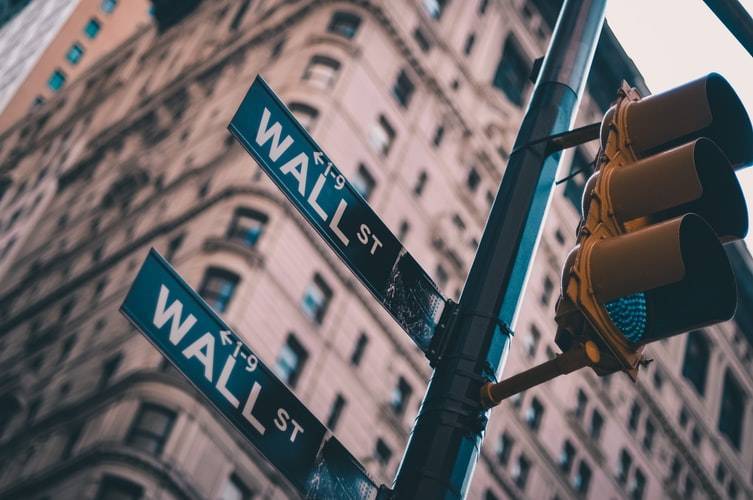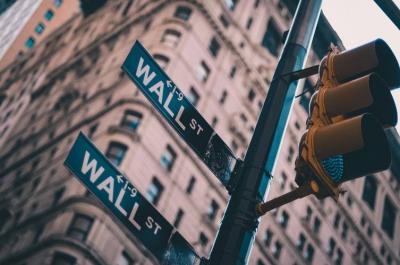The Federal Reserve may be troubled by the euphoria around cryptocurrency stocks, special-purpose acquisition companies, and memes, but many on Wall Street agree that the risks of a bubble are increasing across all major systemic assets. Everything from European bonds to U.S. Treasury bonds, high-yield credit, and technology stocks is trading close to the highest valuations in decades—even as the specter of inflation threatens to finally explode.
**Diverging Opinions**
Market participants, including Goldman Sachs and BlackRock, are divided about whether this constitutes unsustainable insanity. For Dan Fuss, the legendary 87-year-old vice chairman of Loomis Sayles & Co, it is clear, given the unprecedented liquidity that is now set to tighten due to good economic news. Meanwhile, Cathy Jones at Charles Schwab & Co warns clients about the "severe consequences" of high-yield debt. Bob Michele from JP Morgan Asset Management calls on Federal Reserve officials to discuss significantly reducing asset purchases before market bubbles form. Others are more optimistic, betting that economic reopening and a deleveraging cycle will pave the way for further gains across assets.
**Dan Fuss, Vice Chairman, Loomis Sayles**
"We are in the 'bubble' zone; it's essentially a liquidity bubble, accompanied by a resulting distortion in valuations. High price/earnings stocks, marginal credit bonds, and pooled vehicles are the most at risk. In the 1960s and 70s, I was fortunate enough to discover the bubble in small-cap valuations and the growth stock bubble; in truth, the similarity between the past and the present is valuation, and this is a unique liquidity bubble in my experience. Markets are awash in liquidity due to central bank support for Treasury needs during the COVID-19 war, which somewhat resembles the formal agreement in the late 1930s to mid-1950s between the Federal Reserve and the Treasury. However, it differs in that it has caused layers of increased liquidity, where many market participants can borrow money cheaply in the short term. When prices drop somewhat, a significant liquidity decline can occur as happened last March, leading to further sales and destabilizing the broader market."
**Cathy Jones, Chief Fixed Income Strategist, Charles Schwab**
"We caution people against overextending, as we see it being acceptable to hold high yields but without holding a position at the lower end, also recognizing that this can change very quickly. In fact, diversification is really appropriate in such times, where conditions are strange and we do not know when this madness will end. When I look at the strong rise of high-yield bonds—even if default rates are at the historical lower end—your chances of making money in the long run are not great, and you'll be lucky to break even."
**Bob Michele, Chief Information Officer, JP Morgan Asset Management**
"What concerns me most is that the Fed is waiting too long to begin normalization; its view is that there is a short-term inflation boom, but that it will be transitory. If it is wrong, the consequences will be severe. The economy and markets will plunge into a prolonged period of cheap money, and bubble risks will be much greater. They will also have to navigate the crisis by tightening monetary policy more forcefully than markets expect. In fact, I do not wish to partake in that experience of having negative real yields, and I hope the Fed can manage an extraordinarily complex normalization process by letting the economy and inflation run for a while! Therefore, we are using the rise to sell duration. I urge the Fed to begin normalization now, as it needs to start the dialogue about tapering quantitative easing no later than the Jackson Hole forum meetings in August. In fact, I never imagined during my career that I would ask the Fed to start withdrawing liquidity from the system, yet I do so because growth and inflation pressures are too high. They should start actual tapering no later than January 2022, and then begin raising rates by mid-2023; there’s no reason to maintain the same level that existed a year ago."
**Elga Bartsch, Head of Macro Research, BlackRock**
"The markets are not in bubble territory; however, they are in an unusual state considering we are in a reopening economic phase, rather than a regular recovery of the business cycle. For the Fed to move faster than the market is indicating, it essentially needs to abandon the new policy framework it adopted just last August. We consider this unlikely and see interest rate hikes coming later than the market anticipates. Undoubtedly, one of the prerequisites for bubbles to emerge is the accumulation of financial imbalances. Before COVID-19, there were few signs of such imbalances. Since then, private sector balance sheets have become stronger, not weaker."
**Vinay Bhansali, Founder, Longtail Alpha**
"Bonds are in a massive bubble we have not seen before, and inflation—the biggest risk to bonds—is coming back. In truth, what concerns me most right now is the possibility of a sudden spike in yields, especially in Europe and Japan. I am currently intensively selling in the bond market; a large rise in prices could upend everything. If what you rely on for protection does not protect you and harms you, you will need to start liquidating—this includes your holdings in Bitcoin, your stocks, and more. There’s no doubt there will be collateral damage. Moreover, everyone relies on the Federal Reserve to continue intervening and buying bonds, but there may come a time when it says it can’t buy anymore. That is my biggest risk."
**Peter Oppenheimer, Chief Global Equity Strategist, Goldman Sachs**
"There is a lot of excessive optimism and excessive valuations regarding stocks. However, the key question is whether this is widespread enough in appearance to become systematically risky. I would say that there is no strong evidence of that yet, and while we may have high multiples, they are not too high when we look at where interest rates are. Furthermore, we do not have significant leverage in the private sector, as we found that private sector leverage is a common driver of financial bubbles. Households have very strong savings, but they do not have high levels of leverage; the same goes for banks. We expect global growth to accelerate robustly and synchronously, while we focus on increasing the weight of equities and commodities and reducing the weight of bonds."




